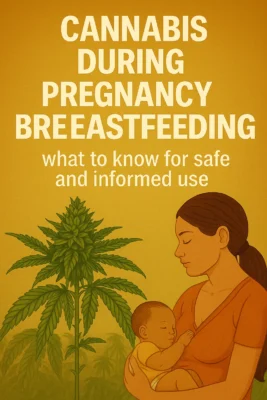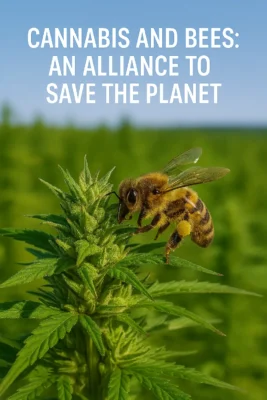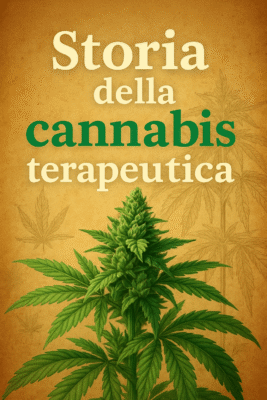In the United States, fentanyl causes more deaths than war. In Italy, authorities are pushing to ban low-THC cannabis. These may seem like two unrelated situations, but they both tell the same story: a system that has lost all sense of proportion.
On one hand, we have a synthetic opioid 100 times stronger than morphine, legally distributed for years as a painkiller and now spreading as a deadly substance on the streets. On the other, a plant that has never caused a single fatal overdose, helping millions relax, sleep, or simply breathe a little easier—yet still seen as a threat.
A comparison between fentanyl and CBD-rich cannabis obviously makes no sense from a scientific or medical point of view. One is a high-risk synthetic drug, the other a natural plant with soothing and therapeutic potential. But that’s exactly why this contrast matters: why do we continue to criminalize cannabis, while far more dangerous compounds remain tolerated or even promoted?
💊 Fentanyl: The Legalized Monster
In the United States alone, fentanyl has caused over 100,000 overdose deaths in the past three years—more than the total casualties of the Vietnam War. It’s said to be 50 times stronger than heroin, 100 times more powerful than morphine. A few milligrams can be lethal.
Despite these risks, fentanyl was prescribed freely and marketed aggressively by pharmaceutical companies. What started as medicine became an epidemic. And yet, in the very same context, there’s now a call to ban low-THC cannabis—a non-psychoactive flower.
🌱 Cannabis Under Attack: A Natural Enemy?
While the U.S. battles the fentanyl epidemic, Italy is turning its attention to CBD cannabis, a regulated, legal product grown under strict agricultural laws, with THC levels below 0.2%.
A flower.
A helpful remedy for many. A clean, legal industry for thousands of farmers. A gentle option for those who suffer from anxiety, insomnia, and chronic stress.
But this flower scares people.
Not because it kills—it doesn’t. It’s feared because it works without going through a pharmacy.
Because it’s non-addictive.
Because it’s simple.
Because it’s natural.
💼 Two Standards, One Logic: Profit
The crackdown on low-THC cannabis is not a public health issue. It’s a matter of power, of narrative control, and of industrial interests that often speak the language of synthetic chemistry.
Fentanyl has been portrayed as salvation. Cannabis—even the non-psychoactive kind—is still treated as a threat. Yet one has caused a national health crisis. The other has not.
📊 A Table That Shouldn’t Exist (But Makes a Point)
Comparing fentanyl and CBD cannabis is absurd. But perhaps that’s the point. Not to claim they are equal, but to show just how irrational our regulatory system can be.
| Aspect | Fentanyl | CBD Cannabis |
|---|---|---|
| Origin | Synthetic, lab-produced | Natural, plant-derived |
| Potency | Extremely high (100x morphine) | Low (THC < 0.2%) |
| Side effects | Highly addictive, overdose risk | Relaxing, mild effects |
| Fatal overdose | Tens of thousands per year (USA) | None documented |
| Legality | Prescription drug (regulated use) | Legal flower, now under threat |
| Accessibility | Prescription (often misused) | Regulated sale in CBD shops |
| Public perception | Life-saving drug / silent killer | Still viewed as “a drug” |
📣 Time to Change the Narrative
This is not just about substances. It’s about freedom. Truth. Justice.
Cannabis is not the enemy. The real threat is the ignorance, fear, and inconsistency in how we talk about—and regulate—what we put into our bodies.
The plant that calms does not kill. The pill that should heal, too often does.
It’s time to shift perspectives. To stop fearing a plant. To start demanding clarity, transparency, and respect for those who choose natural alternatives.
Canapalandia will continue to explore these issues—with courage, with facts, and with heart.
⚠️ Important Note
This article is not intended to demonize medical treatments or discourage the responsible use of prescription drugs. Medications, including opioids, can be life-saving tools when used appropriately and under medical supervision.
However, this piece raises a question of coherence and accountability: why are natural substances like CBD cannabis so heavily scrutinized, while synthetic compounds with proven dangers continue to circulate legally?
The problem is not the substance itself—it’s the system that defines its role, often driven by economic or political interests rather than science.



